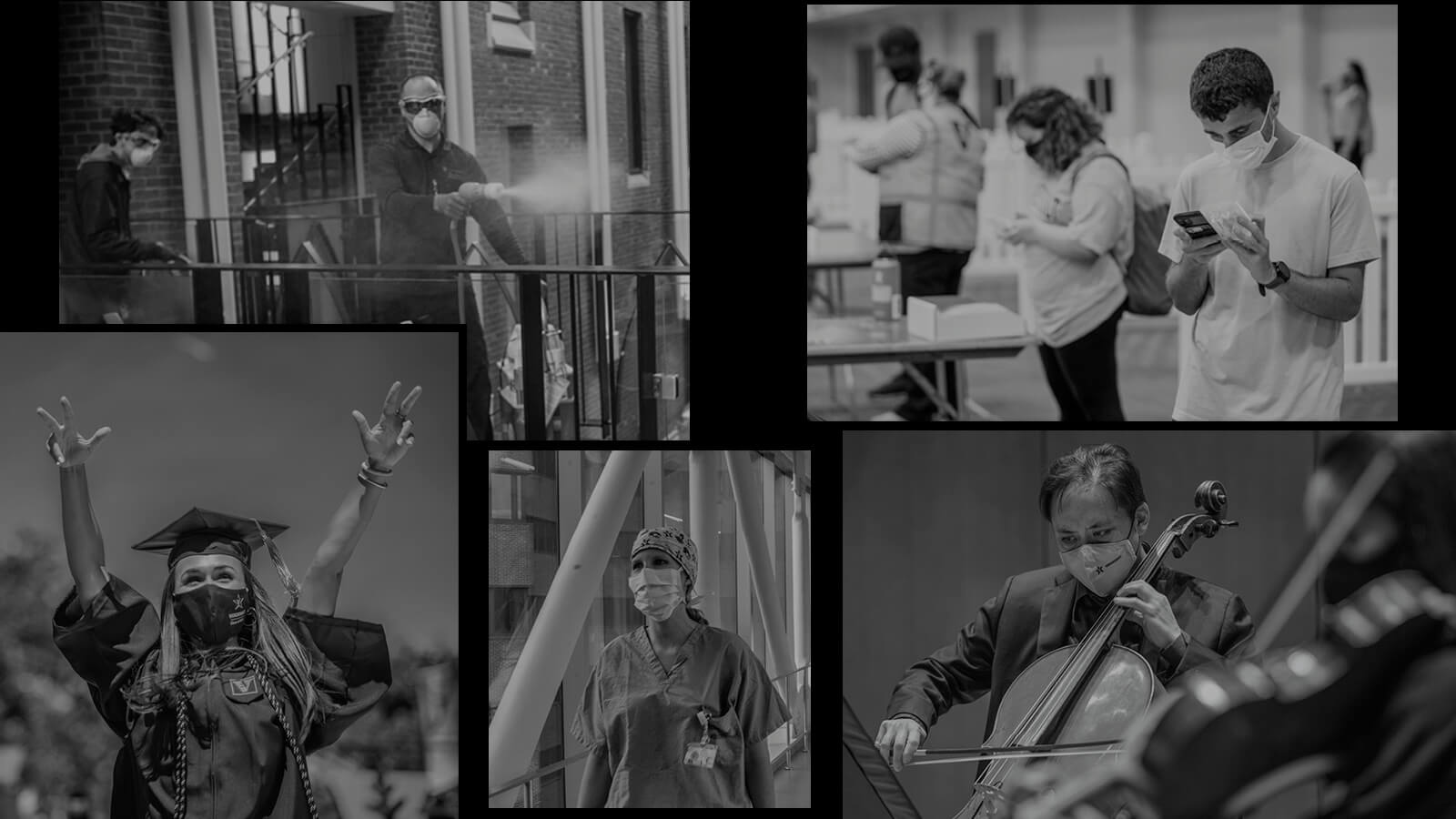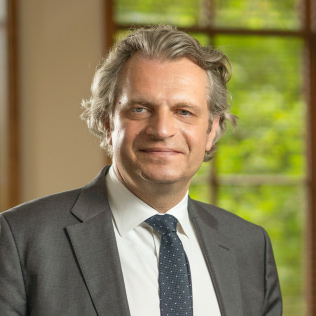By Chancellor Daniel Diermeier
The period between March 2020 and this past spring was truly a year like no other.
The world surpassed many grim milestones as millions of people died from COVID-19—a disease we barely knew existed at the start of 2020. Amid this historic pandemic, our country’s moral foundations were shaken, again and again, by horrifying violence and renewed calls for racial justice. And in spring of 2021, many individuals remained out of work and had been denied opportunities. In higher education alone, more than 650,000 jobs—one in eight—were lost.
These problems did not stop at the edge of Vanderbilt’s campus. Rather, they invaded many aspects of our lives and presented one of the most challenging times our university—indeed, all of higher education—has ever faced.
There is a certain irony that I have spent most of my academic career studying how leaders thrive in crisis. Yet, just as many seasoned leaders experienced in the 2008–09 financial crisis, there is no substitute for leading an organization through once-in-a-lifetime events. Despite my background, little could have prepared me (or anyone) for the multiple layers of ramifications that the past year’s difficult circumstances have wrought.
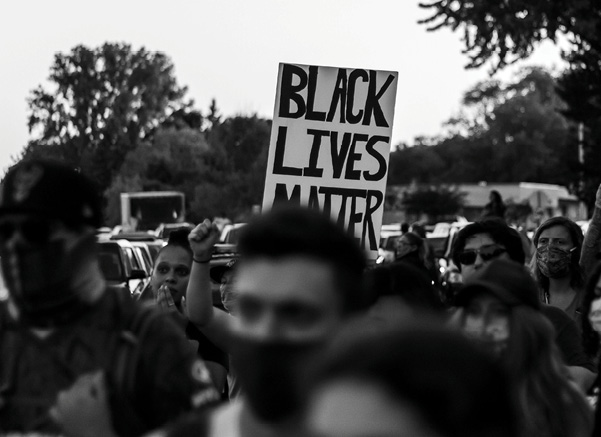

I am deeply proud of how our leadership team, and the entire Vanderbilt community, responded amid so much adversity to carry on with our nearly 150-year-old mission of research, education and impact. While I don’t claim that Vanderbilt had all the answers or did everything perfectly, we ensured that our students, student-athletes, researchers, faculty members and staff could continue with their work in as normal a way as possible. We were able to host students on campus for in-person learning—and reopen labs and essential offices—starting as early as the late spring of 2020.
We pivoted and refined our operations as circumstances demanded, and we learned more about the pandemic and how to manage it. We engaged students, parents, alumni and prospective students in new and innovative ways. Through it all, we were able to keep COVID-19 infections low. Our scientists and public health experts played a crucial role in developing solutions to the pandemic, and our partnership with Vanderbilt University Medical Center proved invaluable.
Along the way, our collaborative approach took on new forms.
We pulled together cross-functional teams in short order, further obliterating any of the silos that could make significant challenges more difficult to navigate. The traditional boundaries that are often associated with institutions of higher education were already low at Vanderbilt, but they continued to dissolve throughout this time, and the result will serve as a model for decades to come.
Operational and financial challenges were not the only hurdles we had to deal with. We also engaged in difficult conversations around race, diversity, inclusion and partisanship—not just within the Vanderbilt community but across the nation.
In a spirit of expanding our knowledge, I offer the following observations about how we made decisions as an organization, built trust within our community, and bolstered Vanderbilt’s reputation as an institution willing to confront difficult circumstances with hard work, compassion and commitment.
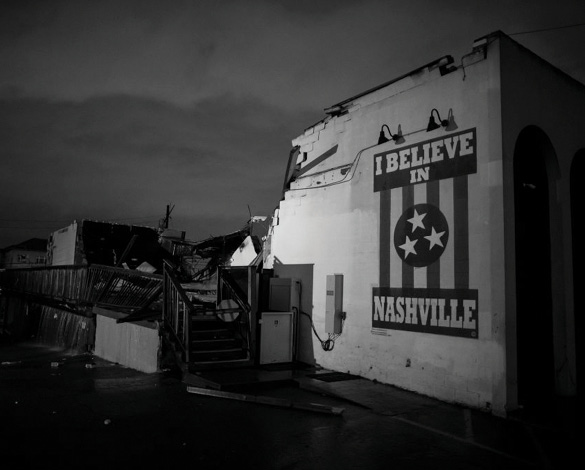
FIRST PRINCIPLES
How we frame a decision often foreshadows its outcome. When many universities were deciding whether to bring students back, their decisions were often framed around the question of whether or not to return to in-person learning. When that is the guiding framework, the less-demanding choice is to go remote.
Our framing was different. We started from our first principles: Who are we as a university, and what is our purpose? The answers to those questions map directly back to our founding mission: We are a research university, and we are a residential college. That meant we needed our labs up and running as quickly as possible, and we wanted to invite students back onto campus to the fullest extent possible.
That mindset extended into every corner of university life. For example, many of our peer institutions treated athletics as a dispensable activity. We didn’t. For our student-athletes, being able to play their sports is one of the most important things in their lives, so we did everything we could to make that possible for them. The same was true at the Blair School of Music. Choral singing and playing woodwind and brass instruments are particularly risky activities in the COVID-19 environment. Rather than abandon our commitment to those students’ education and growth, we asked, “How can we make instruction possible for them?”
Universities, at their very core, are focused on helping every single person in the community reach their full human potential. Our duty was always to continue to enable students’ pursuits as much as we could in the context of the pandemic.
That focus on our mission motivated our people to go the extra mile. Our students, our faculty, our staff, our administration—we all were driven by a sense of shared purpose.
KNOW WHEN TO ACT, KNOW WHEN TO WAIT
Decision-making under extreme uncertainty is psychologically difficult, and it’s procedurally difficult. For effective leaders, it is important to be able to endure prolonged, deep uncertainty—no matter how taxing. COVID-19 was an extreme case of profound and persistent uncertainty. Public health conditions shifted rapidly, often within days, and approaches that initially were believed to be true turned out to be false—and vice versa. And all too often we had no answers at all.
To address these unique challenges, we were explicitly intentional in making decisions when we had to—and not any earlier. New information or circumstances are always emerging, and they may lead to better outcomes. In other words, we may know more about the world, or the world itself may change and provide better alternatives, if we wait.
That waiting was extremely difficult for people; they wanted to know whether we would be open in the fall. It wasn’t just students, researchers and parents who were eager to know. We were keenly aware that the decision had a major impact on our faculty, our staff and many others. We eventually had to act so that people could make their own plans and decisions, but we decided quite late.
What I told our leadership team was that we wanted to be 80 percent confident we could succeed in reopening our campus, and that once we reached that level of confidence, we’d announce our decision. We would never get to 100 percent; we knew things would change.
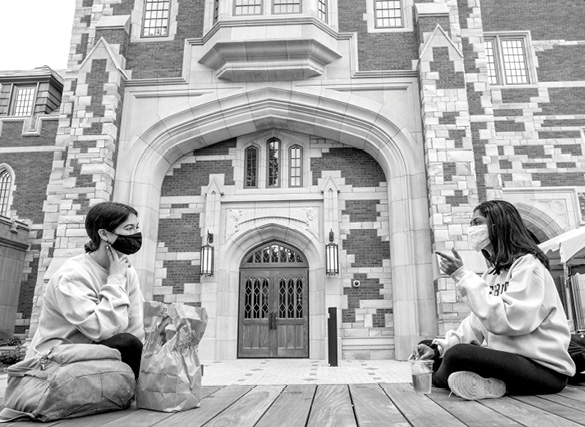
THE NEED FOR CANDID DIALOGUE
My favorite leadership maxim is credited to Cyrus the Great: “Diversity in council, unity in command.” Perhaps the most important difficulty in high-stakes decision-making is the need to put all the information on the table. Yet decades of research have shown that traditionally in meetings, participants are reluctant to offer new perspectives. Good decision-making processes are conscious of these biases and try to overcome them. Once we developed our plans, we held a pre-mortem to anticipate what could go wrong. We also deployed “red teams” to punch holes in our plans. These approaches uncovered hidden assumptions and changed circumstances, and they led to material improvements in our plans and protocols.
We’re now applying this exercise to every major decision we make. The team that assembles the original plan must meet with a team that was not part of the decision-making process. That second team’s job is to identify flaws in the plan, to stress-test the thinking that went into decisions and to identify problems.
Here is where the value of time came into play: While we were making our plans for the fall 2020 semester, the assumptions on which we built our original solution became invalid. We first had wanted to start school as late as possible, but we later discovered it would be better to instead end the semester by Thanksgiving—when people would travel and see family. That required us moving our target start date closer by two weeks. It was that “red team” exercise that led to action and, ultimately, to better decision-making about our fall academic calendar.
We are proud of our success. But you have to evaluate decision-making in the context of the time when you made the decision. Things could have turned out much worse, but good decisions are still good decisions if the process is right—even if your luck is bad.
THE TRUST RADAR
We knew from the earliest days, in March 2020, that as we were having to make difficult and complex decisions, we were doing so amid deep fears and widespread anxieties among our internal and external constituencies. The fact that people’s health, their financial security and their sense of justice were all under threat only heightened their need for direction and information. Our leadership team felt the heavy burdens of ensuring the health and safety of our community, of safeguarding our resources from sudden economic jolt, and of strengthening a sense of belonging within our university culture.
In the midst of disorienting uncertainty and a deluge of information, it is imperative that leaders quickly build a sense of trust. This will gain them the much-needed space to properly evaluate decisions and the goodwill to be able to make the tough calls.
In the heat of the moment, however, leaders often focus so much on managing day-to-day activities that they struggle to build and maintain that trust. Research has informed what I call the “Trust Radar,” comprising four key factors that influence the level of trust that leaders are able to build in times of crisis.
The first factor is transparency.
This means different things to different stakeholders. What we shared with students and parents during the Return to Campus planning process differed from what we shared with faculty members—because their concerns were different. We had to anticipate the information that would be most salient to these groups and then communicate it in ways that resonated most deeply with them—whether that was through a virtual town hall with a Q&A session, or through specific actions like implementing plexiglass shields for classroom safety.
The second factor is expertise. I cannot overstate the importance during this pandemic of having some of the world’s top infectious disease researchers, public health experts and clinicians from Vanderbilt University Medical Center deeply involved from the very beginning. Groups ranging from students and parents to faculty and staff, as well as our Board of Trust and alumni base, felt reassured about our actions—often because of the involvement of VUMC experts.
The third element is commitment. Because information changes so quickly in a crisis, it becomes vital for leaders to demonstrate their commitment to staying on top of the situation. The most powerful way to do this is for leaders to be highly visible and accessible, demonstrating that they have taken charge. An example of this at Vanderbilt was the series of town halls we conducted through the summer. We didn’t have all the answers, but it was important for us to show up and share what we did know. In addition, we consolidated information onto a single COVID-19 website that was the source of truth for all our public decisions. The town halls and the website were complemented by a steady stream of direct email and video communication developed for multiple audiences.
Finally, and I believe most importantly, leaders must show empathy. We have all been affected by COVID-19. Maybe one has felt isolated and alone, has lost their job, or has had a friend or family member get sick or, worse, die. Even just witnessing the year’s multiple national traumas—and Nashville’s own share of suffering—could be devastating. These are deep, painful emotions. Not only was it important for our leadership team to convey a sense of empathy, but we also needed to back it up by harnessing resources, like mental health and well-being services and financial hardship funds, to let our university family know that we cared about them and their loved ones.
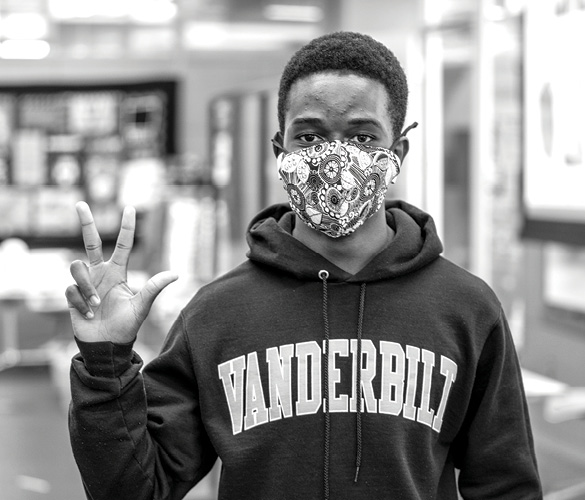
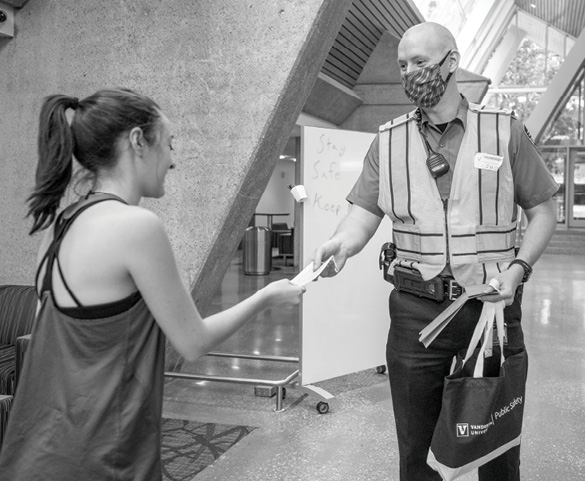
FOSTER AND EMBRACE COMMUNITY
In the context of crises like the pandemic—as well as troubling events like the Nashville tornadoes, the Christmas Day bombing and the national social unrest—it is vital that an institution fully realizes the importance of action as one community. What I came to call the One Vanderbilt spirit of compassion and caring that was demonstrated through the past year helped to counteract people’s fear and uncertainty. We paid special attention to ensuring that the needs of our community were recognized and addressed to the extent we could.
In research I conducted with the Institute for Management Development’s Jennifer Jordan and Columbia University’s Adam D. Galinsky, we called this approach the Good Samaritan Principle: caring combined with competence. This concept includes the following elements:
- Acting with authentic concern by serving the broader needs of
the community rather than our short-term interests - Acting with competence and confidence
- Communicating in a way that is helpful to multiple
stakeholders and is not self-serving
Depending on how organizations perform in these critical moments of crisis, and on how their actions are perceived by the community, these periods can create turning points that lead to a positive and lasting impact
OUR PROUDEST MOMENT
I have talked often about this being Vanderbilt’s proudest moment. Part of that idea stemmed from a Vanderbilt trustee suggesting that I read Erik Larson’s book The Splendid and the Vile, a history of U.K. Prime Minister Winston Churchill during the bombing of London. In the midst of unfathomable danger, he embraced the challenge to the British nation. Churchill did not shy away from explaining the harsh reality and many setbacks, yet he remained ever the optimist—certain that his country would find its way to a brighter day. Throughout the past year, I was often buoyed by thoughts of Churchill’s spirit and of his ability to be both utterly realistic and full of hope.
How we act during crises shapes how we are remembered. The actions we take, and our reasons for taking them, have a lasting impact on our personal legacies and on the legacy of Vanderbilt.
During these most difficult of times, our entire community—faculty, staff, students, parents, alumni—aligned around a shared purpose, grounded itself in a common set of values and together overcame the biggest challenges ever experienced in the history of the university. It was this spirit of unity that made this a year like no other.
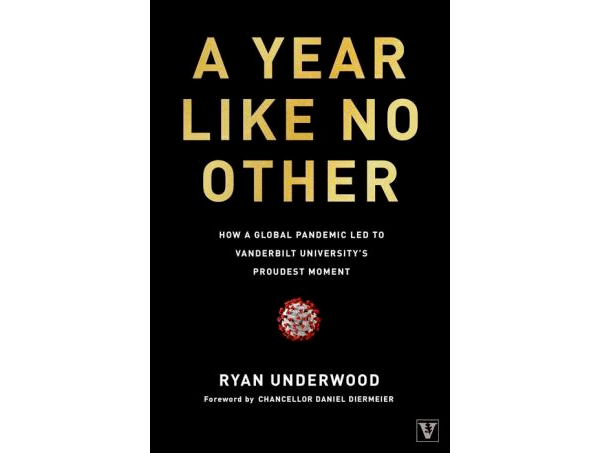
This essay was adapted from a new book about Vanderbilt University’s response to the COVID-19 pandemic, A Year Like No Other (Forefront, 2021). Learn more about the book.
